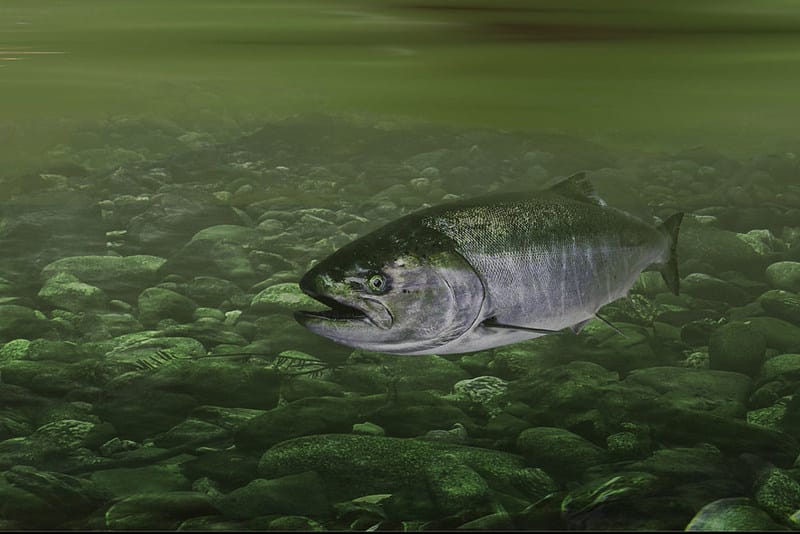
© Gordon Court
Black Ash, Polar Bear, and many populations of our biggest salmon (Chinook) are at some risk of disappearing from Canada, says the Committee on the Status of Endangered Wildlife in Canada (COSEWIC). COSEWIC assesses the status of wild species, subspecies, varieties, or other important units of biological diversity, considered to be at risk in Canada.
Within the last two decades, Emerald Ash Borer has killed roughly two billion mature ash trees in the North American Great Lakes Region. The beetle is spreading rapidly. Many city parks, including those in Toronto, Montreal, and Ottawa, have already lost most of their ash trees, including Black Ash. The insect’s impact is expected to be lower and slower in the colder northern edge of the tree’s range, but the future of Canada’s 162 million Black Ash trees looks grim. The loss of Black Ash will remove an important source of wood for commercial and traditional uses like furniture, flooring, snowshoes, and baskets. This tree species was assessed as Threatened.
Another widespread species considered by COSEWIC was Polar Bear. To hunt seals, its most important food source, these bears use sea-ice and some of the same sit-and-wait techniques familiar to ice fishers. Predictions for longer and longer ice-free Arctic summers will make seal hunting much more difficult for Polar Bear. However, Inuit, who know the species well, are cautiously optimistic, suggesting that the bear’s adaptability may save it, even if seals become more difficult to capture. In its assessment, COSEWIC took account both of extensive Indigenous knowledge and western science, and determined the Polar Bear’s status to be Special Concern. While not currently threatened with extinction, the species faces an uncertain future.

© Stuart Clarke
Chinook Salmon, the king of the Pacific Coast salmon species are important culturally and as a food source for diverse groups of West Coast people, and also provide food for a diversity of wildlife species. The committee found 13 populations to be declining, with 8 assessed as Endangered, 4 as Threatened and one as Special Concern. Only the large population that lives in the Thompson River is stable.